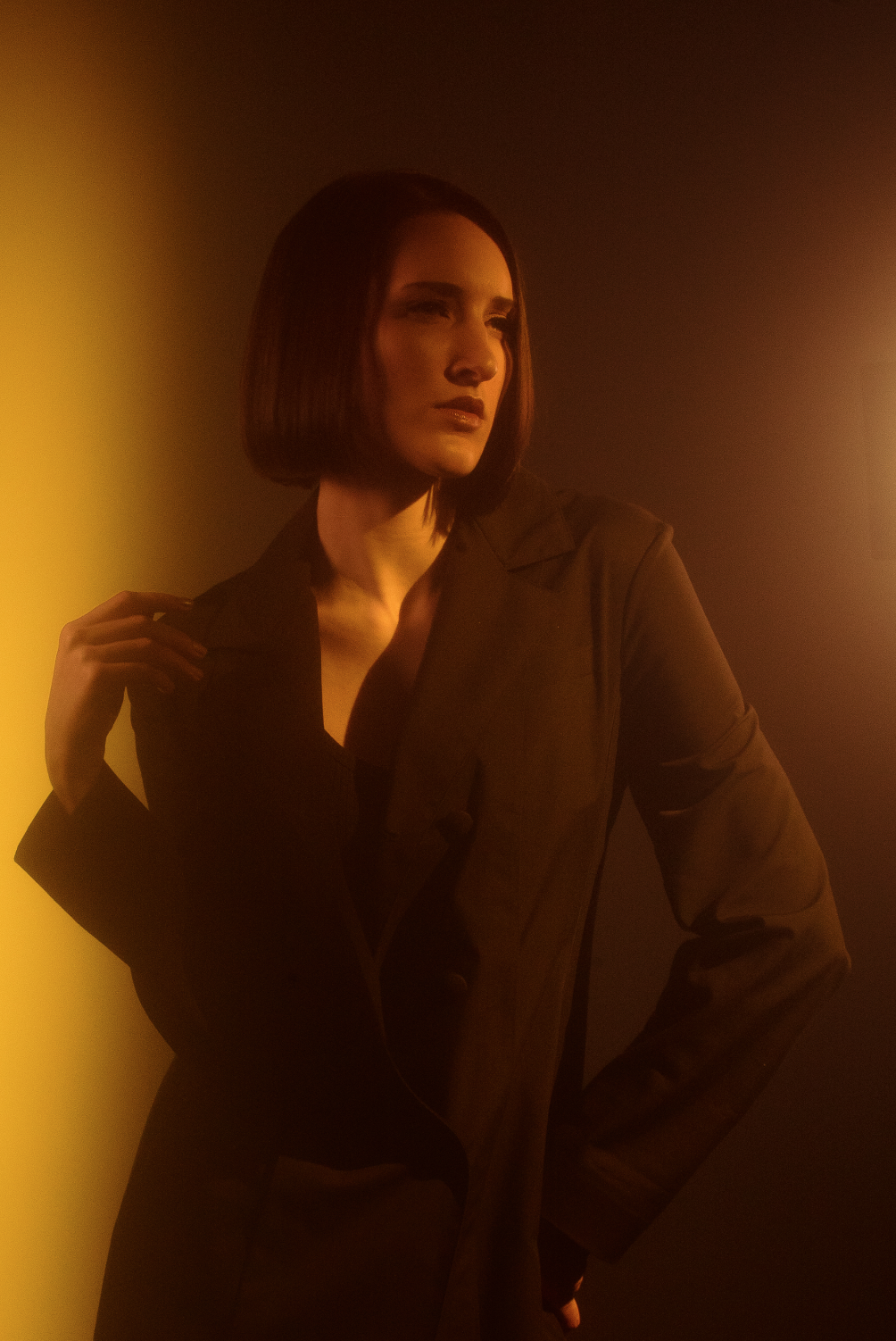Glow and Flow
I’ve been shooting with the fungus-covered lens I bought off ebay for the past month. I find that I especially enjoy pairing the lens haze with warm lighting/toning, as you see above. Of course I can’t do any look or technique for very long before I find myself getting bored and wanting to move on to something else.
If you’ve been following my Strata experimentations you know that I have been slowly moving into the realm of abstraction in my photography. My aim is to photograph the soul of my subject as opposed what they happen to look like or be wearing that day. I realize that that might sound weird or even pretentious but my aim is nothing more than wanting to dig below the surface and find something more honest and interesting.
I am now two-thirds of the way through Sara Lando’s three month online course, The Support Group for Lazy Photographers. One of the assignments she gaze us was to emulate the work of Japanese photographer Masahisa Fukase. As I was researching his work, I came across this photo he took, which reminded me of one of Frank Ockenfels’ portraits of David Bowie. I am fairly certain that Frank Ockenfels photographed Bowie’s reflection in mylar, while Fukase appears to have used a slit scan camera. Regardless of their methods, after seeing that image I continued down the rabbit hole by researching “mylar photography”, which led me to discover Ira Cohen and his Mylar Chamber portraits.
In the 1960s Cohen photographed subjects like Jimi Hendrix and William Burroughs in his New York apartment, which he had transformed into a psychedelic studio by covering the walls in mylar. He and his subjects would essentially hang out, do a bunch of mind-bending psychedelics, and make images that reflected their mental state. I immediately hopped on Amazon and bought a roll of mylar.
Once the material arrived, I unboxed it and hung it up in front of a white sweep, and began testinging my lighting. I found that the real magic lies in the movement and manipulation of the material, which is what causes the reflected image to bend and warp. As I began shooting Melissa, I would hit the mylar with my hand (or have her hit it) in order to get the mylar to move, and then I would shoot a burst of shots as it rippled. After a bit I decided to change things up and move the mylar in front of a dark backdrop. I also decided to wrinkle the mylar in order to give it a texture, rather than relying on movement to make the warping. The wrinkles caused a wholly different type of abstraction which, while lovely, resulted in crease marks that I wasn’t fond of. Finally, I decided to take the mylar outside and let the wind determine the movement. Shooting the mylar outside also came with a wide range of reflections around my subject, such as the sky and horizon line.
While I have no pressing desire to experiment with LSD, this mylar certainly begs for further exploration.









